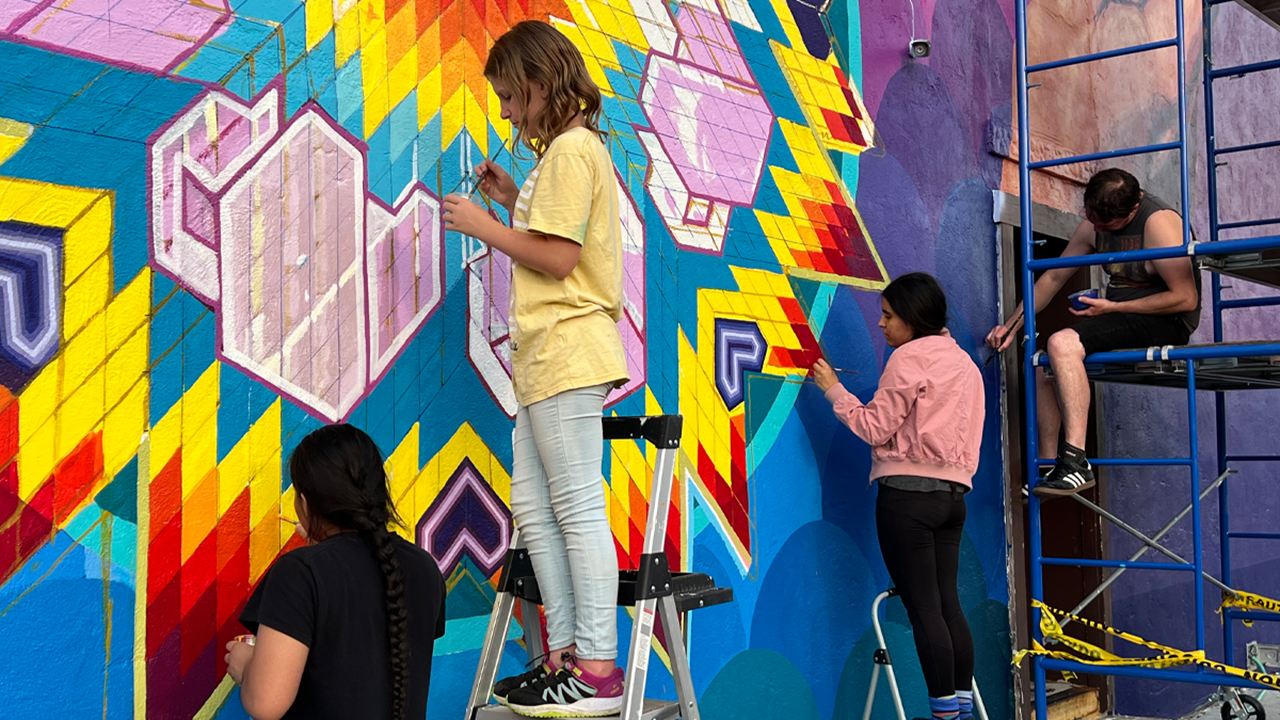How to Paint from a Photograph: Insights for Pros
Many professional photographers find themselves exploring the fascinating craft of translating photos into paintings. The intersection where photography meets painting offers a realm of creativity and expression, allowing professionals to breathe new life into their captured images. In this article, you'll uncover valuable strategies and methods on how to paint from a photograph, tailored to resonate with the nuanced skills of photographers.

Understanding the Art of Photo-Based Painting
The first step in mastering how to paint from a photograph involves understanding what photo-based painting truly entails. At its core, this technique is about using a photograph as a reference point to create a painted interpretation, capturing not just the visual elements but also the essence and emotion embedded within the photograph. Explore the insights into photo-based painting for a deeper understanding.
Choosing the Right Photograph
Choosing the right photograph is crucial when learning how to paint from a photograph. Consider the composition, lighting, and subject matter, ensuring that these elements evoke the desired emotions and story you wish to convey through your painting. Photographers often have a keen eye for these details, making the selection process more intuitive.
Photography as an Inspiration
Your expertise in photography gives you an edge when venturing into painting from photographs. Photographers are naturally skilled in understanding light, shadow, and perspective, aspects that are equally essential in painting. The art of painting from photos is a natural extension of your photography skills.
Tools and Techniques for Painting
When painting from a photograph, it's beneficial to use a digital or physical grid system to capture proportions accurately. Enlist mediums like oils, acrylics, or watercolors depending on the desired texture and effect, each offering different ways to interpret your photograph into a painting.
Meanwhile, employing techniques like underpainting can help in building depth and structure. Painting on a toned canvas or surface can influence the overall mood and chromatic balance, a method often embraced by many fine artists.
Bridging Photography and Painting
Integrating your skills in photography, such as manipulating depth of field or achieving targeted focal points, can enhance your painting process. By applying the differences between painting and photo-based art, professional photographers have unique advantages in this pursuit.
Avoiding Common Pitfalls
When learning how to paint from a photograph, it is easy to become overly fixated on reproducing exact details rather than capturing the essence or emotion. Focus on portraying the story or mood that the original image inspires. External resources such as Realism Today provide guidelines to help navigate and refine your approach.
Finding Personal Expression
Every talented photographer has a distinct voice behind the camera that can seamlessly transition into their painting style. Let go of expectations and embrace a sense of personal expression and exploration. Documenting your process will also allow you to reflect on your growth in this artistic journey.
Conclusion
Ultimately, knowing how to paint from a photograph offers professional photographers an incredible opportunity to expand their creative repertoire. Dive into photo-based painting and discover how it enhances your artistic capabilities.
Ready to delve deeper? Embark on your journey and explore more on history of photo-based painting to understand its evolution.

Frequently Asked Questions
What types of photographs are best for painting?
Photographs with striking contrast, interesting shadows, and clear focal points work well, as they provide more guidance for painting compositions.
Should I print the photo or use a digital version?
Both methods are viable. Printing your photograph allows for easier reference directly besides your canvas, while a digital version offers zoom and color adjustments for precision.
Why incorporate painting into photography practices?
Incorporating painting allows photographers to push bounds of creativity, offering new means to express ideas and emotions beyond the constraints of a camera.

